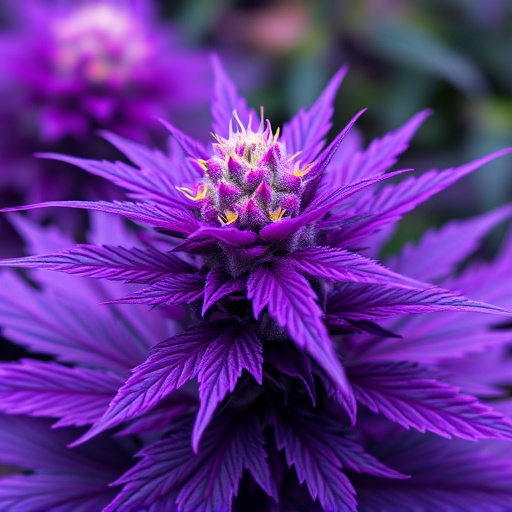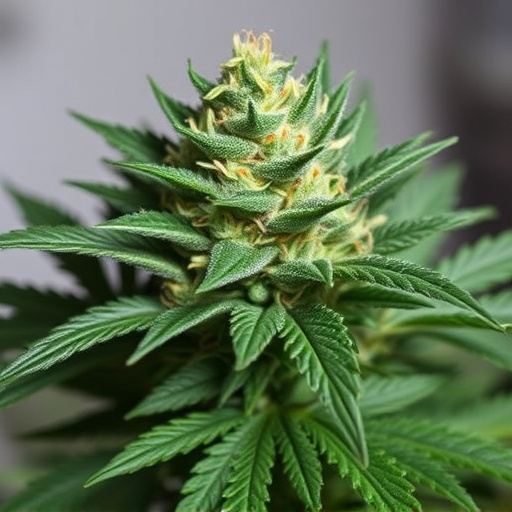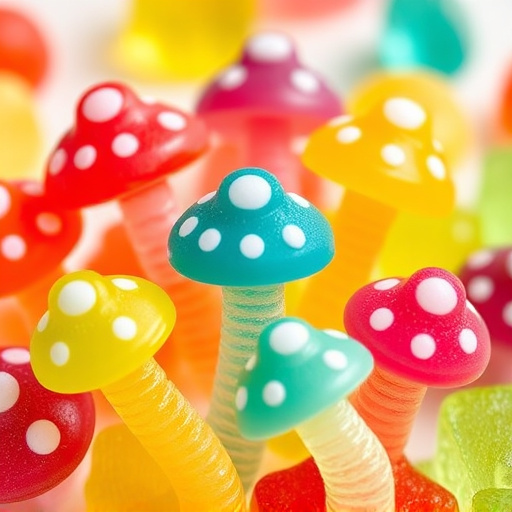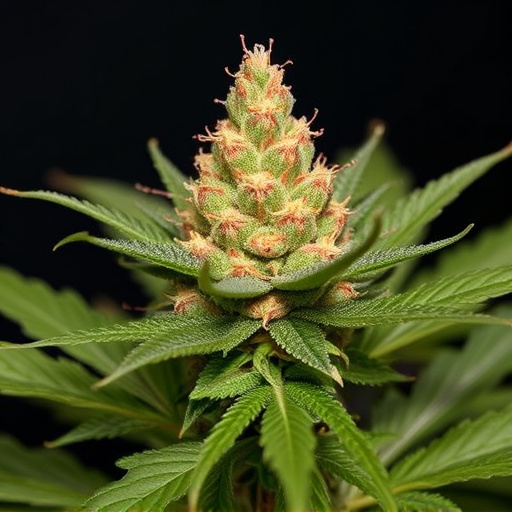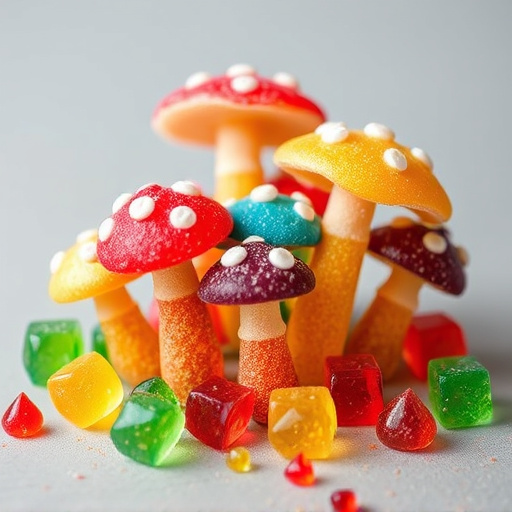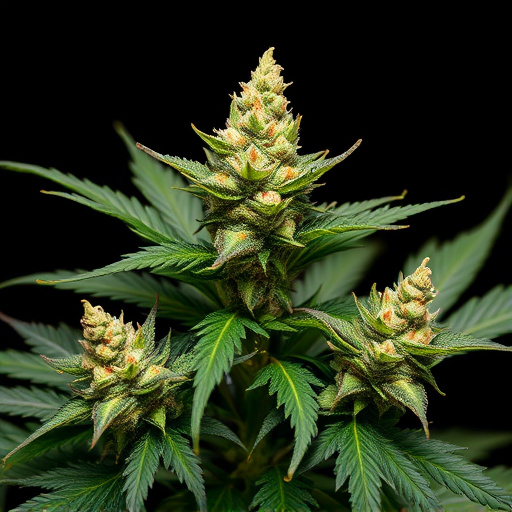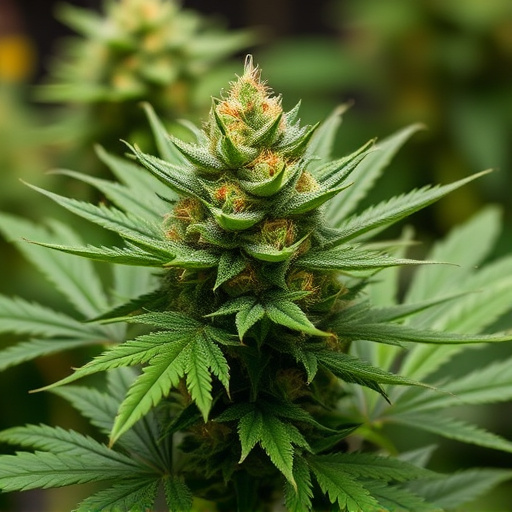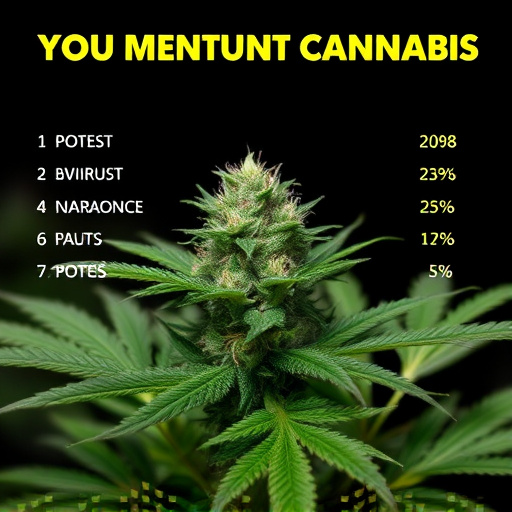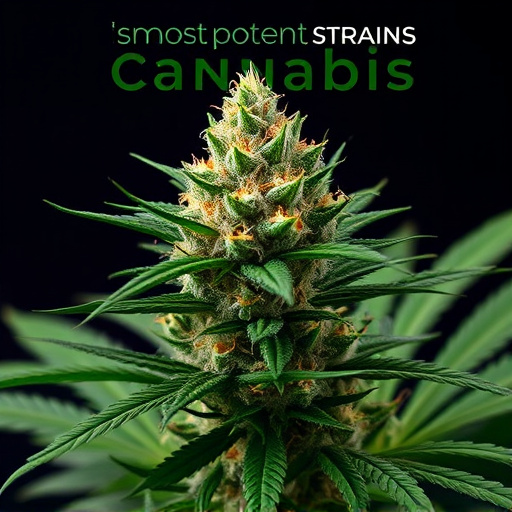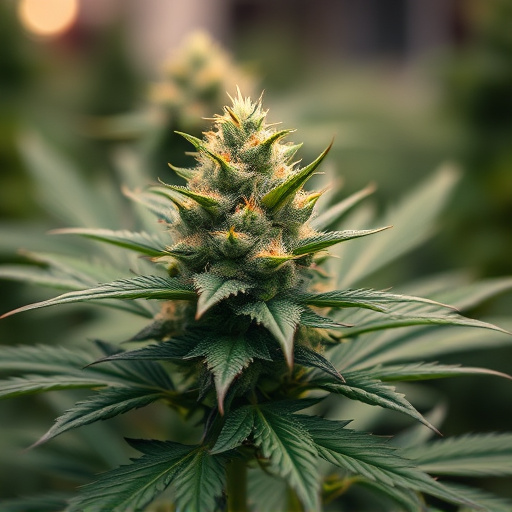The quality and potential potency of cannabis flower (bud) are assessed through several key traits, including dense, sticky texture with thick resin coating, distinctive earthy aromas with citrus or pine notes, vibrant green nugs with compact shapes, and complex terpene blends like myrcene and pinene. These indicators reflect optimal growing conditions and higher concentrations of cannabinoids like THC and CBD, making them essential for identifying the most potent strains of cannabis.
Identifying high-quality cannabis flower involves a blend of art and science. This guide equips you with the knowledge to navigate the market, ensuring you select premium buds. We’ll delve into key indicators like visual allure, aromatic complexities, and underlying terpene profiles that set top-tier cannabis apart. Furthermore, understanding strain-specific attributes, including potency levels and medicinal benefits, is crucial. Additionally, learning to verify sources through reputable growers, certifications, and third-party lab tests guarantees you acquire the most potent strains of cannabis safely.
- Understanding Cannabis Flower Characteristics
- – Visual inspection: color, texture, and aroma.
- – Terpene profile: what they are and their significance.
Understanding Cannabis Flower Characteristics
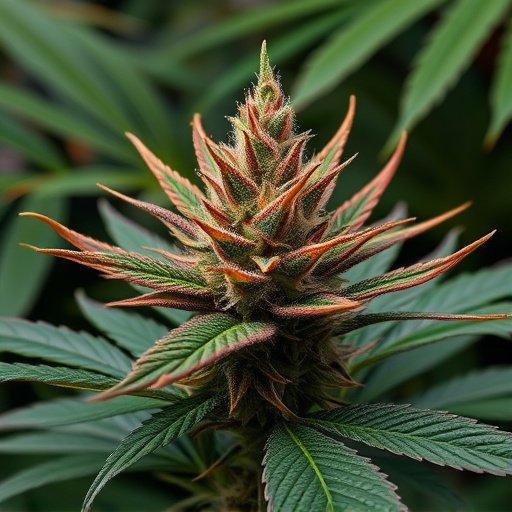
Cannabis flower, also known as bud or nugs, is a complex plant with numerous characteristics that indicate its quality and potential potency. Understanding these traits is key to identifying high-quality cannabis. One of the primary factors is the appearance; top-tier flowers typically have a dense, sticky texture with thick resin coating. This physical attribute suggests a higher concentration of cannabinoids, particularly THC, which is known for its psychoactive effects and is one of the most sought-after compounds in the most potent strains of cannabis.
The aroma plays another vital role; rich, earthy scents with hints of citrus or pine often indicate superior quality. Skilled cultivators meticulously nurture their plants to produce these distinctive aromas, which can provide a glimpse into the flower’s flavor profile and potential therapeutic benefits. Moreover, the color and shape of the nugs are visual cues; vibrant green hues, with or without purple tints, and dense, compact buds usually signify maturity and optimal conditions during growth, contributing to the overall quality of the cannabis flower.
– Visual inspection: color, texture, and aroma.
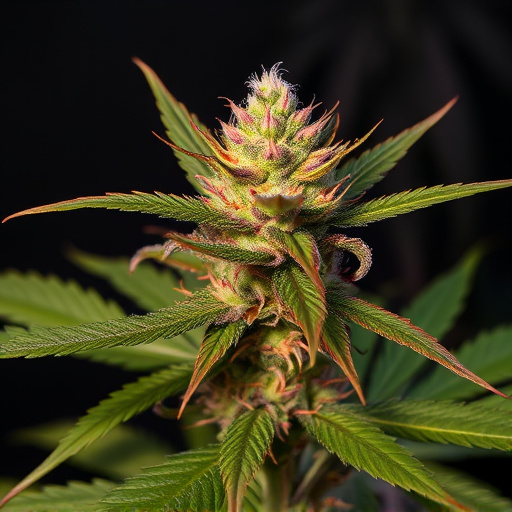
When examining cannabis flowers, a thorough visual inspection reveals more than meets the eye. Start with color – vibrant, rich hues like deep emerald green, amber, or purple indicate robust health and potential potency. The texture of the nugs should be dense and sticky, with a thick layer of resin covering the buds. This not only contributes to the plant’s aromatic profile but also serves as a marker for quality; plants grown under optimal conditions tend to produce more potent strains of cannabis.
The aroma is another critical aspect. Skilled growers cultivate cannabis flowers that emit complex, terpy scents, each with unique therapeutic properties. A strong, pungent smell often corresponds to higher concentrations of cannabinoids like THC and CBD, contributing to the plant’s potential for providing relief or inducing euphoria – key attributes sought after by many users looking for the most potent strains of cannabis.
– Terpene profile: what they are and their significance.
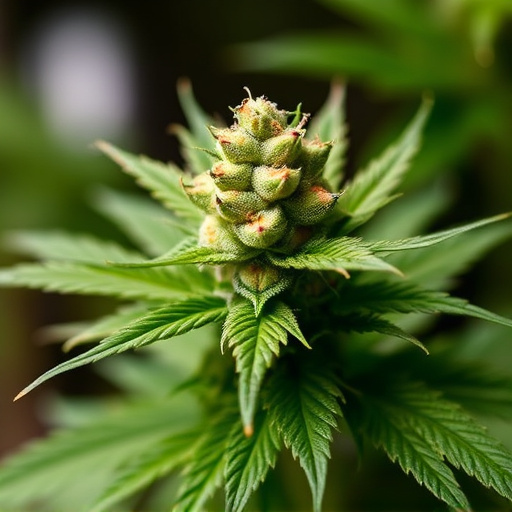
Cannabis flowers, also known as bud or cola, are more than just pretty buds; they’re a complex blend of compounds that contribute to their unique effects and flavors. At the heart of this complexity lies terpenes—aromatic oils that give cannabis its distinct scents and play a significant role in its overall quality and therapeutic potential. These natural volatile compounds are produced by both cannabis plants and other plants, like pine trees and lavender, and are responsible for the diverse range of aromas and flavors we experience.
When it comes to identifying high-quality cannabis flowers, understanding the terpene profile is crucial. Different terpenes can enhance or alter the effects of cannabinoids like THC and CBD. For instance, myrcene, a common terpene in many strains, is known for its sedative properties, making it popular among users seeking relaxation. Pinene, another prevalent terpene, has a pine-like scent and is believed to have anti-inflammatory and antimicrobial effects. In the quest for the most potent strains of cannabis, cultivators often focus on balancing these terpenes to create harmonious profiles that offer enhanced therapeutic benefits and desirable flavors.
When seeking the most potent strains of cannabis, a keen eye for detail is essential. By combining visual inspection with an understanding of terpene profiles, you can identify high-quality cannabis flower. Look for vibrant colors, smooth textures, and distinct aromas as indicators of excellence. Moreover, knowledge of terpenes—the aromatic compounds contributing to each strain’s unique flavor profile—is key in selecting the best. This combined approach ensures you choose not just the most visually appealing, but also the most potent and enjoyable cannabis flower.
